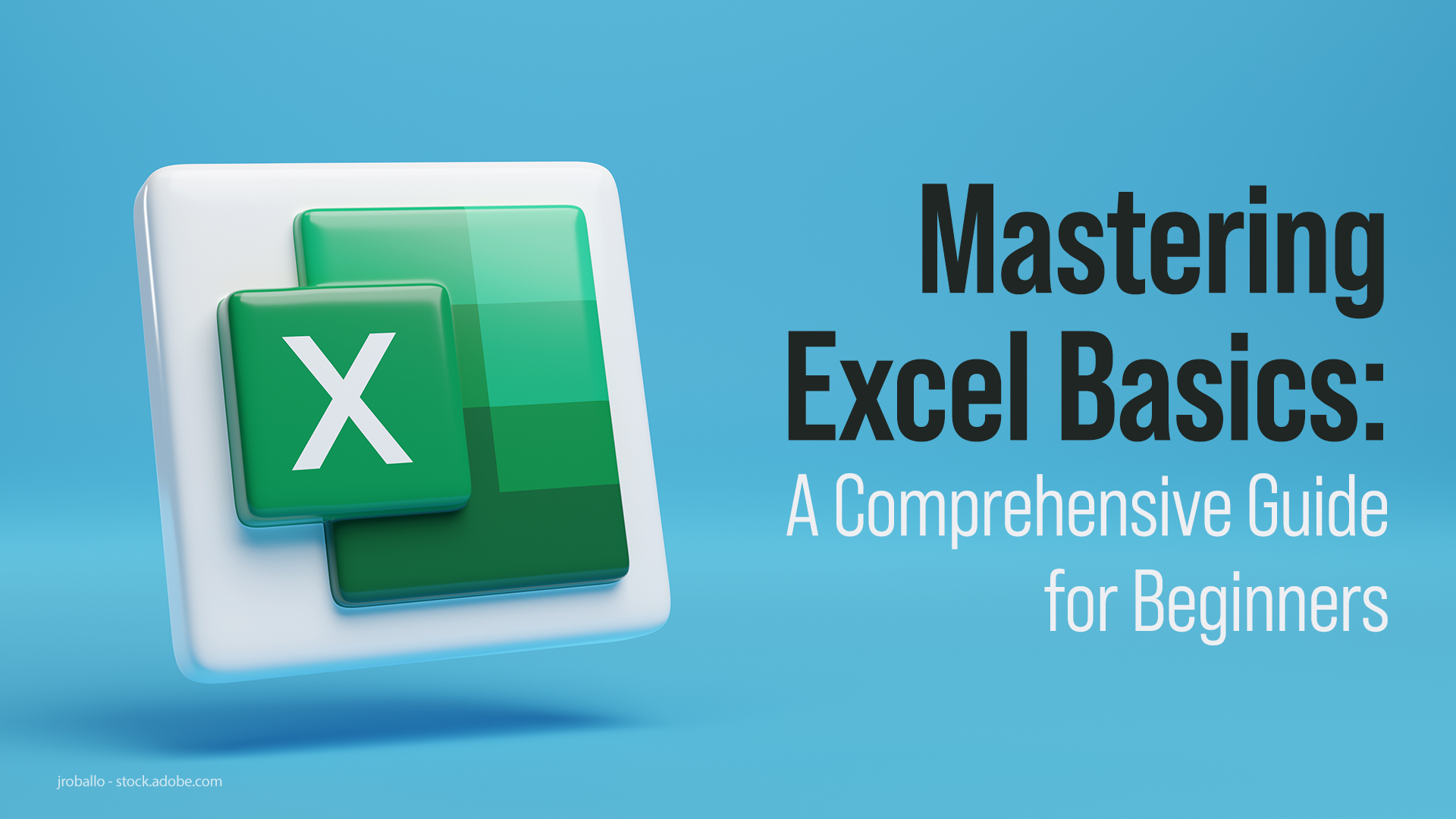Mastering Excel: Simple Steps to Create Engaging Graphs

Graphs are invaluable tools for visualizing data, making complex information more comprehensible, and conveying key insights at a glance. Microsoft Excel, with its powerful features, offers a straightforward platform to create, customize, and manage graphs. Whether you are a student, professional, or casual user, learning to craft engaging graphs can significantly enhance your ability to present data effectively. In this guide, we'll walk through the steps to create dynamic and appealing graphs in Excel.
Step-by-Step Guide to Creating Graphs in Excel

1. Prepare Your Data

The quality of your graph depends on the data you input:
- Organize your data into columns or rows. For instance, if you are tracking sales over time, have one column for dates and another for sales figures.
- Ensure your data is clean; remove any unnecessary spaces, correct any data entry errors, and make sure each row or column corresponds to a single dataset.
🔍 Note: Good data organization is the foundation of a clear graph. Always double-check your data for accuracy before moving forward.
2. Select Your Data

Click and drag to highlight the cells containing your data. If your data spans multiple non-adjacent cells, hold down the Ctrl key while clicking to select them.
3. Choose Your Graph Type

With your data selected:
- Navigate to the Insert tab on the Ribbon.
- Under the “Charts” group, you’ll find various types of graphs like Column, Line, Pie, Bar, Area, etc. Hover over each to see a preview of how your data would look.
- Click on the graph type that best represents your data and objectives. For example:
- Line graphs for trends over time.
- Bar graphs for comparing quantities.
- Pie charts for showing proportions of a whole.
4. Customize Your Graph

Once your graph is inserted, you can refine it using Excel’s tools:
- Change Chart Type: If you decide later that another type of graph would work better, you can change it from the Design tab under “Change Chart Type”.
- Add Chart Elements: Titles, axes labels, data labels, and legends can be added or modified. These are accessible via the Chart Elements button (the “+” icon) next to the graph or through the Design tab.
- Customize Colors and Styles: Use the Chart Styles option to choose from predefined styles or customize the colors, fonts, and effects.
- Modify Data Source: If you need to add or remove data, use the “Select Data” option in the Design tab.
- Formatting: Right-click on elements within the chart to format axes, adjust scales, or customize how individual data points are displayed.
💡 Note: Customizing your graph allows you to emphasize key information, making your data presentation clearer and more impactful.
5. Analyze and Interpret Your Graph

With your graph now created:
- Trends and Patterns: Look for patterns or trends in the data visualization. For example, do sales peak during certain months?
- Outliers: Identify any anomalies or unexpected results that could warrant further investigation.
- Relationships: If your graph includes multiple data sets, analyze how these relate to one another, like a product’s sales compared to its marketing spend.
Additional Tips for Creating Engaging Graphs

Keep It Simple

Avoid overcrowding your graph with too many data points or elements. Simplicity enhances readability and focuses attention on what’s important.
Use Appropriate Colors

Colors should be used to differentiate between data sets or emphasize specific aspects. However, be mindful of color blindness and ensure your graph remains clear even in grayscale.
Accessibility

Ensure your graphs are accessible:
- Add alternative text for graphs for those using screen readers.
- Make sure text is legible, with appropriate contrast ratios.
- Avoid using color alone to convey information.
🧑🤝🧑 Note: Making graphs accessible not only complies with best practices but also makes your presentation more inclusive.
Summing up our journey through the process of creating compelling graphs in Excel, we’ve covered the key steps from preparing and selecting data to customizing and interpreting your charts. By following these guidelines, you can turn raw data into a visual story that is not only engaging but also insightful. Graphs are powerful when used correctly; they can simplify complex information, highlight trends, and provide clear comparisons. Remember that while Excel provides numerous tools for customization, the essence of a good graph lies in its clarity and purpose. Let your graphs speak for you, ensuring they are visually appealing yet straightforward, allowing your audience to grasp the narrative at a glance. Whether for business analysis, academic presentations, or personal projects, mastering graph creation in Excel is an invaluable skill that enhances data communication.
What are the best graph types for different kinds of data?

+
The best type of graph depends on your data:
- Line Graphs: Ideal for showing changes over continuous time intervals.
- Bar Graphs: Useful for comparing quantities across different categories.
- Pie Charts: Perfect for displaying the proportion of categories within a whole.
- Scatter Plots: Best for illustrating relationships between two variables.
How can I make my graphs more visually appealing?

+
To enhance the visual appeal:
- Use consistent color schemes that align with your brand or presentation theme.
- Apply gridlines sparingly; sometimes, removing them can reduce visual clutter.
- Ensure the font size is legible, particularly if your graph will be viewed from a distance or in a printed format.
- Add icons or images to represent data points for a creative touch.
What should I do if my graph is not showing up correctly?
+
If your graph is not displaying as expected:
- Check for data errors or missing values.
- Verify that your data range selection is correct.
- Ensure the selected chart type matches your data’s format and purpose.
- Check for hidden cells or rows that might interfere with the graph.



